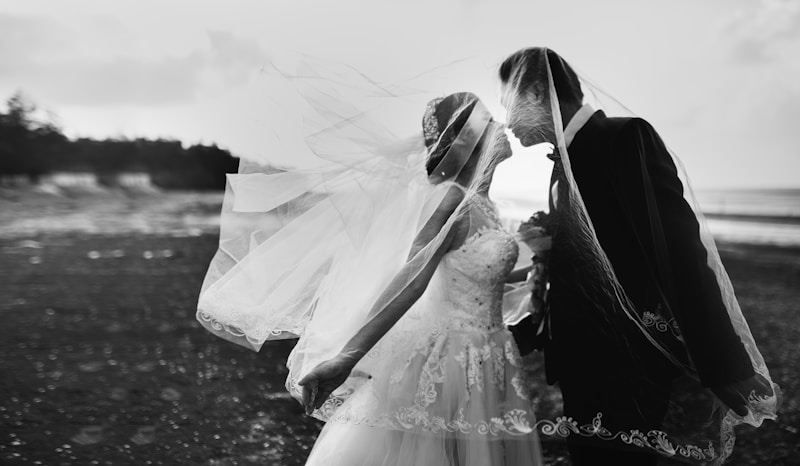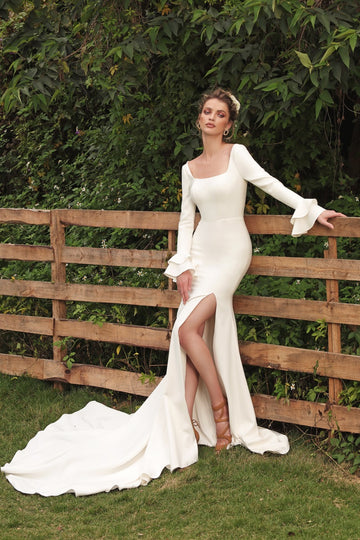The Role of a Wedding Dress Designer: Crafting Dreams into Reality
The Role of a Wedding Dress Designer: Crafting Dreams into Reality
Understanding the Importance of Wedding Dress Designers
When it comes to planning a wedding, one of the most electrifying aspects is the bridal gown. The wedding dress is not just a piece of clothing; it embodies a bride's personality, style, and vision for her special day. Hence, the role of a wedding dress designer is pivotal. This article delves into the various aspects of wedding dress design, including the creative process, considerations for brides, and tips for choosing the perfect gown.
The Creative Process Behind Wedding Dress Design
A wedding dress designer transforms fabric and ideas into breathtaking garments that are often the centerpiece of a wedding celebration. The process typically involves several stages:
| Stage | Description |
| 1. Conceptualization | The designer meets with the bride to understand her vision, preferences, and style. Mood boards and sketches often come into play during this phase. |
| 2. Fabric Selection | A wide range of fabrics is considered, from delicate lace to flowing silk, each chosen for its texture and fit. |
| 3. Pattern Making | Once the design is finalized, patterns are created to guide the cutting and sewing processes. |
| 4. Fitting Sessions | Multiple fittings ensure the dress complements the bride's body shape and comfort level. |
| 5. Final Touches | Embellishments, alterations, and final details bring the dress to life. |
Key Responsibilities of a Wedding Dress Designer
Wedding dress designers have many responsibilities to ensure the bride has the perfect gown. These responsibilities include:
- Listening to the Bride: Each bride comes with her unique vision. A good designer must understand her style and preferences.
- Staying Trendy: Wedding fashion is constantly evolving. Designers must stay updated on the latest trends while maintaining their unique artistic style.
- Technical Skills: Proficiency in sewing, pattern making, and fabric manipulation is essential for bringing designs to fruition.
- Project Management: Designers often juggle multiple clients at once, requiring excellent time-management and organizational skills.
Incorporating Personal Touches
Another important aspect of wedding dress design is the incorporation of personal touches. Many brides wish to include elements that have sentimental value, such as:
- Family Heirlooms: Incorporating lace from a mother's wedding gown or a piece of jewelry can give a modern gown a vintage feel.
- Cultural Influences: Many brides want to reflect their heritage in their gowns, whether through specific fabrics, colors, or styles.

Challenges Faced by Wedding Dress Designers
Like any profession, wedding dress designing comes with its own set of challenges. Designers must navigate various obstacles, including:
- Client Expectations: Sometimes, a bride's vision may be unrealistic due to budget constraints or fabric limitations.
- Time Constraints: Weddings often have strict timelines, and delays can result in significant stress for both the designer and the bride.
- Market Competition: The bridal industry is highly competitive. Standing out among many talented designers is a common challenge.
Tips for Brides Choosing a Wedding Dress Designer
Finding the right wedding dress designer is crucial for a smooth and enjoyable experience. Here are some tips for brides:
- Research Designers: Look for designers whose styles resonate with you. Browse social media platforms, bridal magazines, and online reviews.
- Schedule Consultations: Meet with potential designers to discuss your vision. Be prepared to listen to their expertise and suggestions.
- Budget Planning: Clearly communicate your budget early on. This helps designers tailor their suggestions to your financial situation.
- Try on Various Styles: Keep an open mind when trying on gowns. You may be surprised by what looks best on you, rather than what you initially envisioned.
The Future of Wedding Dress Design
The wedding industry is constantly evolving, and wedding dress designers must adapt to new trends and technologies. The emergence of online consultations and virtual fittings, particularly due to recent global events, has transformed how designers and brides interact.
Moreover, an increasing emphasis on sustainability is influencing design choices. Many designers are now focusing on eco-friendly fabrics and ethical production methods, aligning with the preferences of modern brides who are conscious about their environmental impact.
Conclusion
The role of a wedding dress designer is integral to the wedding planning process. From conceptualization to the final fitting, these skilled artists breathe life into brides' visions. As trends shift and the industry adapts, the future remains bright for wedding dress designers. Brides must choose a designer whose style resonates with their vision while remaining aware of their budget and time constraints. Ultimately, the journey should be filled with joy as they find a dress that makes them feel truly beautiful on their special day.
Recommendations: If you're searching for a wedding dress designer, take the time to research, ask for recommendations, and prioritize your comfort over trends. Remember, this dress will be a significant part of your wedding story for years to come!